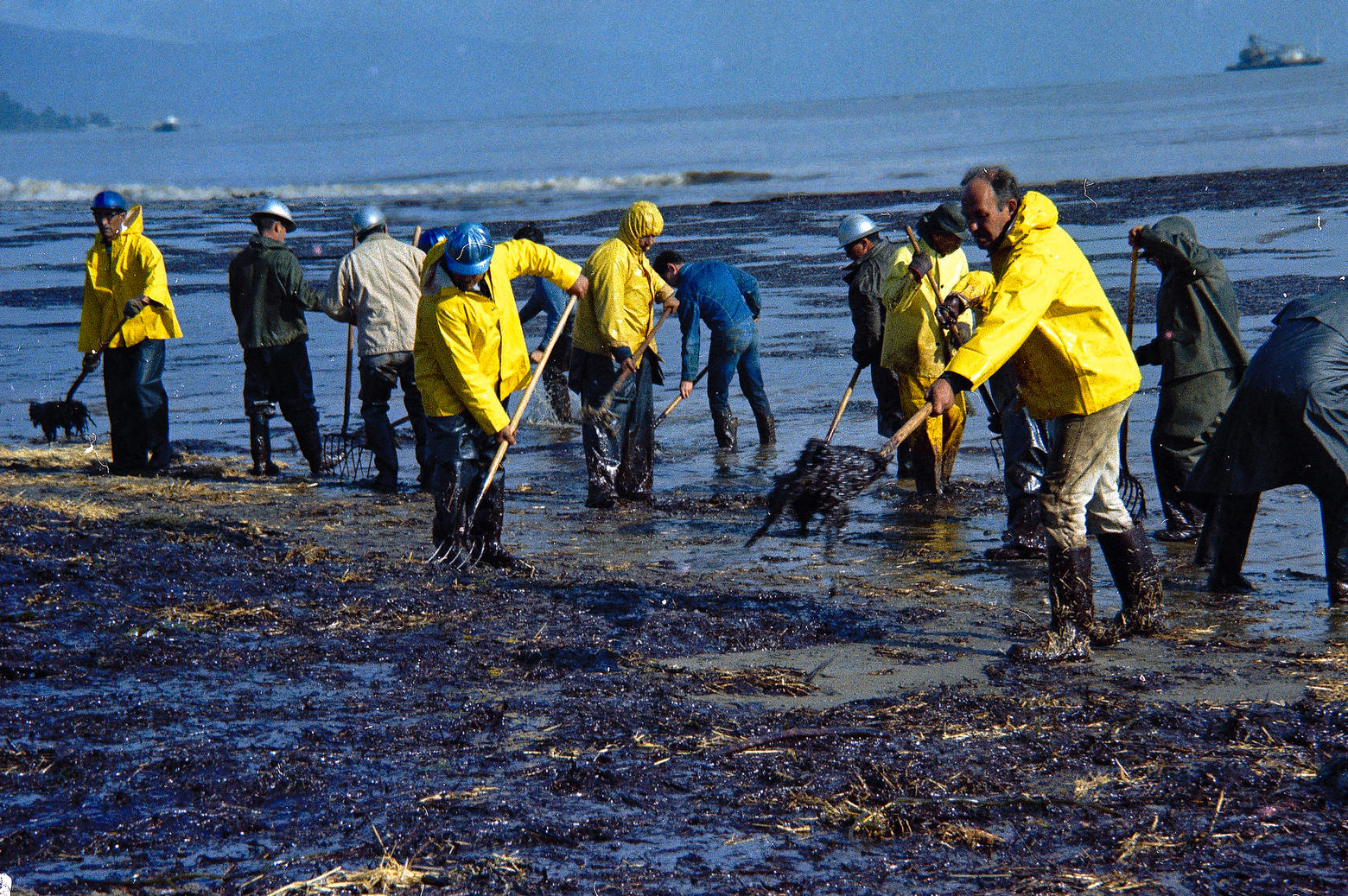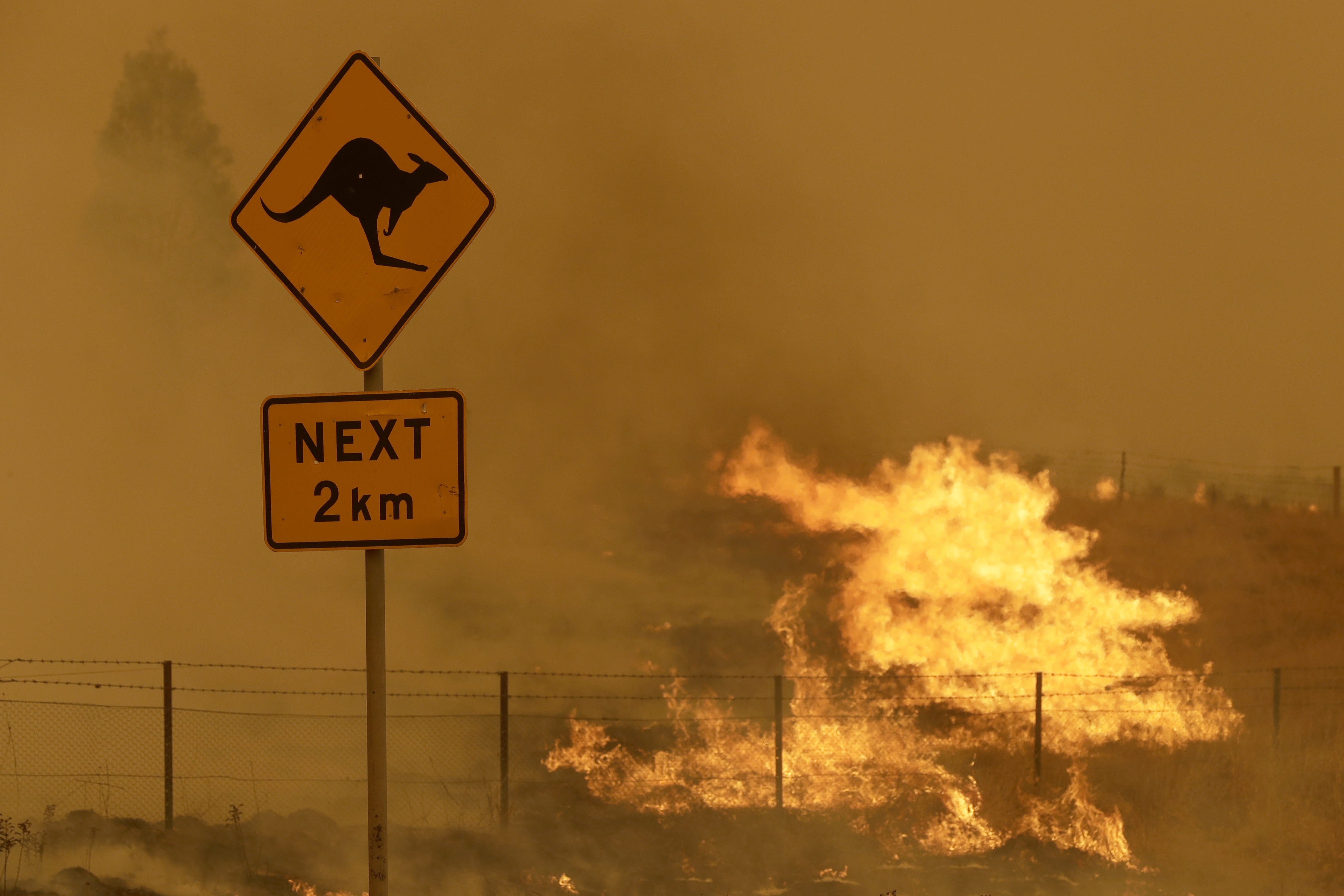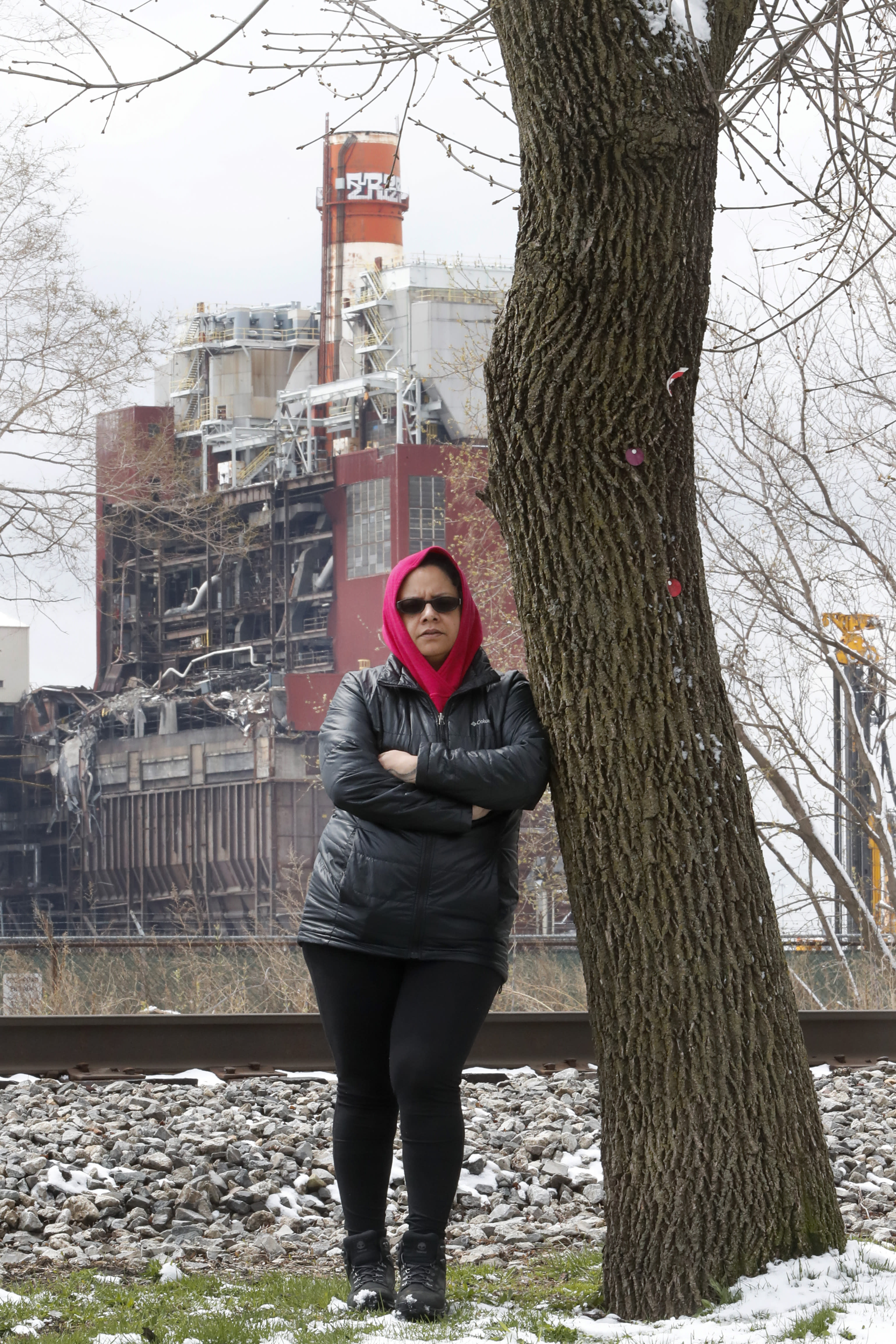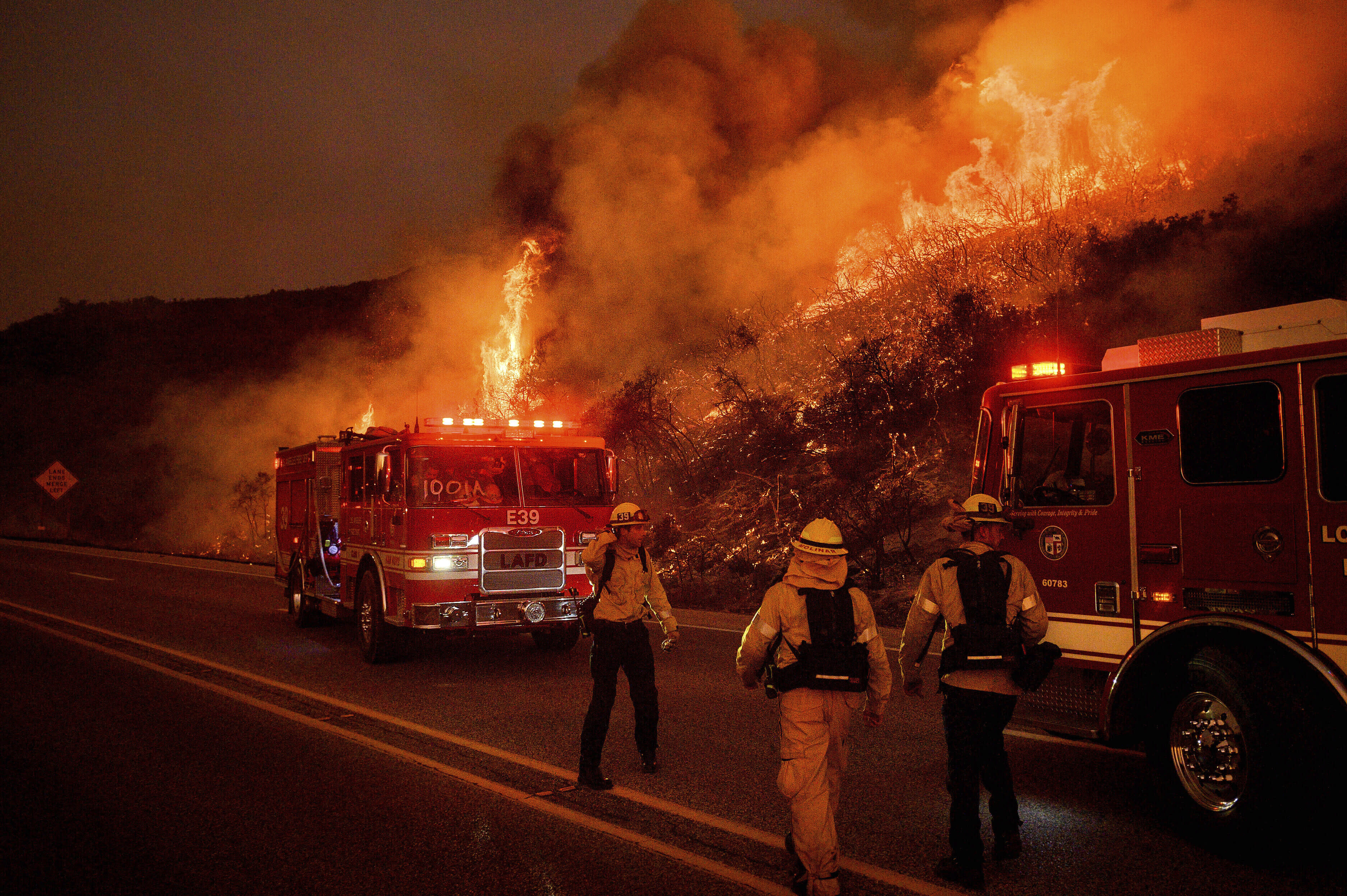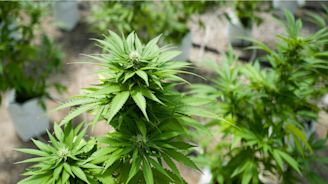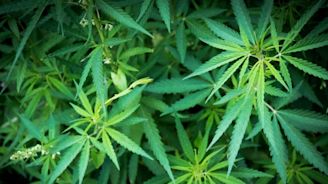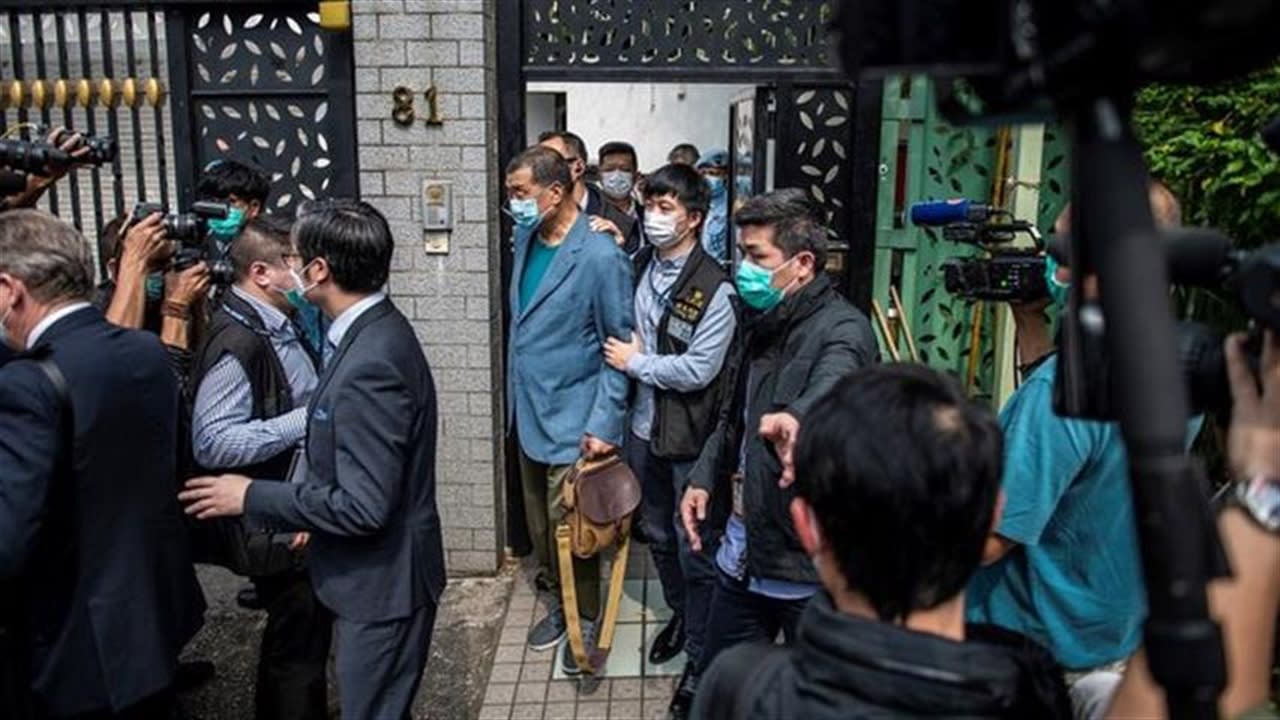Just over one year ago, Jason Kenney’s UCP won the election. He promised you that “Albertans have elected a government that will be obsessed with getting the province back to work.” (CBC: April 18, 2019)
Tell me — do you think that’s true?
I don’t. Especially not after seeing him fire over 20,000 workers in the middle of a crisis.
I don’t blame Mr. Kenney for the COVID-19 crisis. There is no politician on earth that could have avoided the fallout from a global pandemic.
But what he did have control over was his response. Instead of protecting jobs, he slashed them. That doesn’t help people – the workers, their students, and families – it hurts them.
It’s not the Albertan way. If the UCP government is truly obsessed with getting the province back to work, Jason Kenney will rehire the 20,000 education workers he just fired. Help me remind him.
Jason Kenney needs to hire Albertans, not fire them. Add your name if you agree:
We’re in this together. Let’s fight for what we were promised – and what I know you deserve.
Rachel Notley
Leader
Alberta’s NDP
Alberta’s NDP
